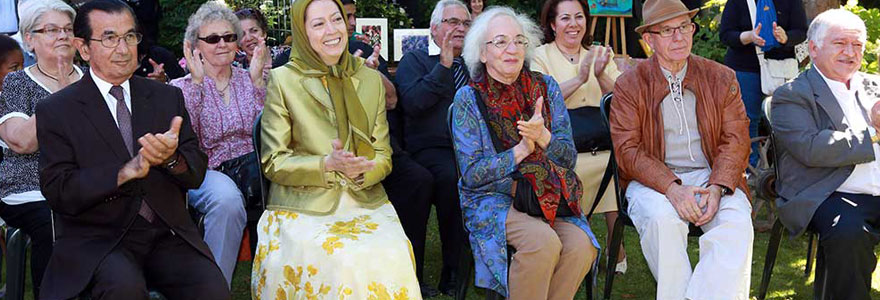Iran has captured the world’s attention on various issues, including nuclear production, social revolutions, and human rights abuses. With Islamic and Sharia law taking centre stage in running state affairs, there is a lot of resistance, both within and outside the country. Maryam-rajavi.com has been instrumental in championing against the punitive death sentence, which has garnered much attention globally. The plan is to liberalise Iran and adhere to international laws.
The Cradle of Iranian Resistance
The Rajavi family is central to the liberation struggle in Iran, alongside others like Bakhtiar, Boroomand, Moshiri and Sarideh. These are the faces of resistance in Iran, dating back to 1965. Currently, Maryam Rajavi, the wife of Massoud Rajavi, is the face of Iranian Resistance and the President of the National Council of Resistance.
Over time, the subsequent leadership of Iran’s resistance movement has opposed how the ruling class manages state affairs. The Sharia laws used to manage the country’s affairs are extreme, which goes against fundamental citizen rights. The death penalty in Iran is still operational, which causes major conflict both within and outside Iran. Iranian civil society and elite organised groups are pressurising the government to abolish it and embrace conventional conflict resolution methods.
The War Against Totalitarianism
When the People’s Mujahedin Organisation came to life, the Arab world was warming up to liberal governance. As a way of life, Islam had improved to incorporate the demands of the contemporary world. However, in Iran, the government of the day still used the conservative Islamic teachings to administer. Conflicts arose, with elite and other progressive organisations leading the pack.
Starting with Ayatollah Khomeini’s rule, these organisations sought to unseat him and instil nationalism and constitutional liberalism. Their interpretation of Islamic laws entrenches liberal laws in administration, with citizen rights at the core. The group brings together conservatives, liberals, social democrats and a section on monarchies.
Maryam Rajavi, the current leader and president of the resistance movement, has written extensively on democratisation in Iran. Her focus is on abolishing the death penalty and Iranian subscription to the universal human rights laws. Maryam also wants to create a modern and independent legal system and peaceful coexistence within the Middle East.
From her days in the University, she came face to face with the brutality when the Iranian Intelligence killed her sister. Hers was the fight for a global order where governments treated human beings equally and an end to totalitarianism. Marrying Massoud Rajavi threw her deep into the struggle, a fight she relishes until today. It toughened her resolve to fight for equal rights, which catapulted her to the helm of resistance politics.
What the Future Holds in the Face of Resistance
Iran has a complex relationship with her neighbours, which act as the breeding ground for resistance. As Maryam-rajavi.com highlights the plight of locals subjected to the death penalty, it is a matter of time for the resistance to complete a full circle. The death penalty in Iran is not only archaic but also an abuse of the right to live, whichever the circumstance.
All resistance organisations in Iran have united for a common course, with friendlier countries providing the space and resources. When historians write on the democratisation of Iran, among the many notable figures in the struggle will be Maryam. She is a mother, icon and role model to the underprivileged in Iran.
